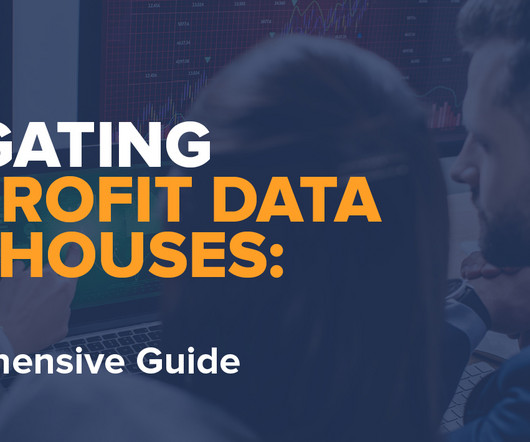Navigating Nonprofit Data Warehouses: A Comprehensive Guide
DNL OmniMedia
APRIL 1, 2024
Additionally, this makes it a breeze to provide past impact reports and future projections for grant proposals. Secure board buy-in for hiring a consultant by presenting them with your purposes for working with a consultant, your proposed budget for doing so, and the ROI you expect to see from the engagement. Review their proposals.













Let's personalize your content